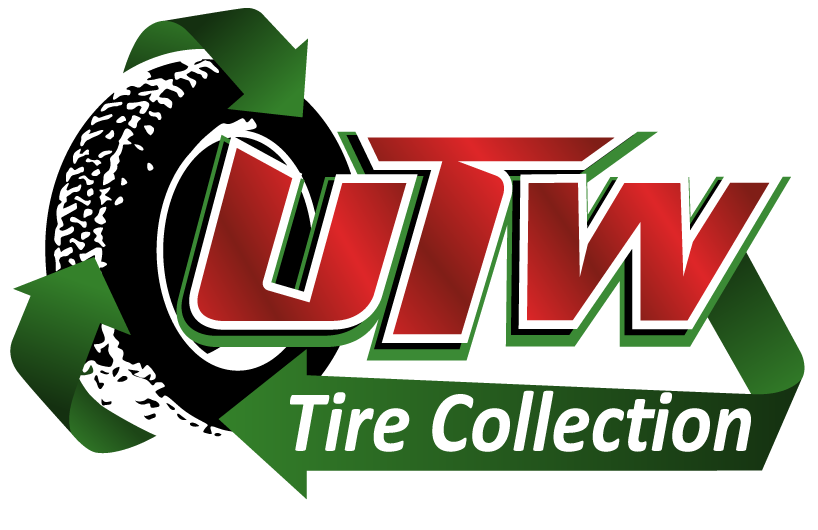Every year, millions of tires reach the end of their useful life on our vehicles. Instead of ending up in landfills, these tires can embark on a remarkable transformation journey, turning from waste into valuable resources. In this article, we explore the entire lifecycle of a recycled tire, from collection to its rebirth as a new product.
- Collection and Initial Processing: Tires are collected from various sources, including local drop-offs, service centers, and through community cleanup events. Once collected, tires undergo initial sorting to separate those suitable for recycling.
- Shredding: Tires are then shredded into smaller pieces, a process that breaks them down into manageable chunks. Shredding is crucial as it prepares the material for further processing and makes storage and transportation more efficient.
- Material Recovery: Post-shredding, the tire pieces pass through several stages where steel, fiber, and other materials are extracted. The remaining rubber is further processed, often granulated into crumb rubber, which serves as the base material for numerous products.
- Purification and Quality Control: The crumb rubber is cleaned and tested to ensure it meets high-quality standards. This stage is vital to ensure the material is free of contaminants and ready for commercial use.
- Repurposing into New Products: Finally, the purified rubber finds new life in various products, such as playground surfaces, athletic tracks, asphalt additives for road construction, and even consumer goods like shoes and mats.
Conclusion: The journey from waste to resource not only helps reduce environmental impact but also contributes to a circular economy. By recycling tires, we not only conserve natural resources but also create job opportunities and innovate new ways to reuse materials.

